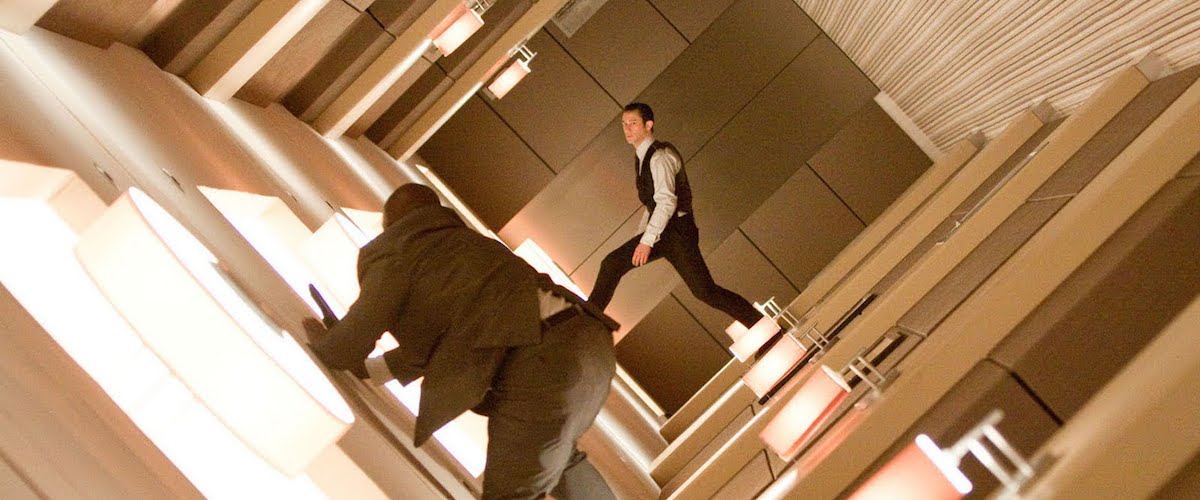Editing is a sequence of shots in the film. It’s the order and duration of shots, visual transitions from scene to scene and visual effects.n
Glossary
Montage
Montage is editing shots together to make the sequence have the same meaning. Originally developed by Sergi Eisenstein putting unrelated clips together to form a meaning. Now used in film to show passage of time. A classic example of this is 1976 film ‘Rocky’ showing Rocky training for his fight. The montage starts with him failing then ends with him progressively getting better and better until he is a professional.
Shot reverse shot
A technique used in film and television to show characters or objects facing each other but in different shots. Usually used following the 80-degree rule and used for conversations so we could see both of the characters’ reactions.
Cross-cutting:
Cutting back and forth between shots
Kuleshov effect
Cutting shots that are otherwise unrelated to create an emotion. I will attempt to recreate this with pictures. The first picture is a random person running presumably just so they can stay fit and the second picture is a trophy. They are unrelated but when put together the connotation is that the person is training for a competition and the trophy is what is motivating them.


Metric and Rhythm editing
Editing each frame/ shot after a certain amount of time consistently. For example; in ‘Baby Driver’ in the opening car chase scene the editing is done according to the time signature of the song. Rhythm editing is editing to create a sense of rhythm.
Tonal editing and Intellectual editing
Two images that have emotional themes that are similar. E.g a train going into a tunnel to symbolise sex. Intellectual editing is bringing a new message from shots that are meaningless on their own. It is very similar to the Kuleshov effect.
Continuity
Continuing with the shot that was happening. The order of editing.
Matching eye level
Cutting in accordance with what the character is looking at. To see from their eyes/ their point of view.
Parallel Editing
Two things happening at the same time and edited after the other. A perfect example of this is the Christopher Nolan film ‘Inception’. The film itself is edited in parallel editing throughout as it makes sense to the narrative. The first part which is them asleep in the car and then the actual ‘Inception’ world. We continuously cut back to show them still asleep so we know what’s happening in both worlds. The pictures below show that as something happens in one world especially to do with gravity, the same is repeated in the other world.


